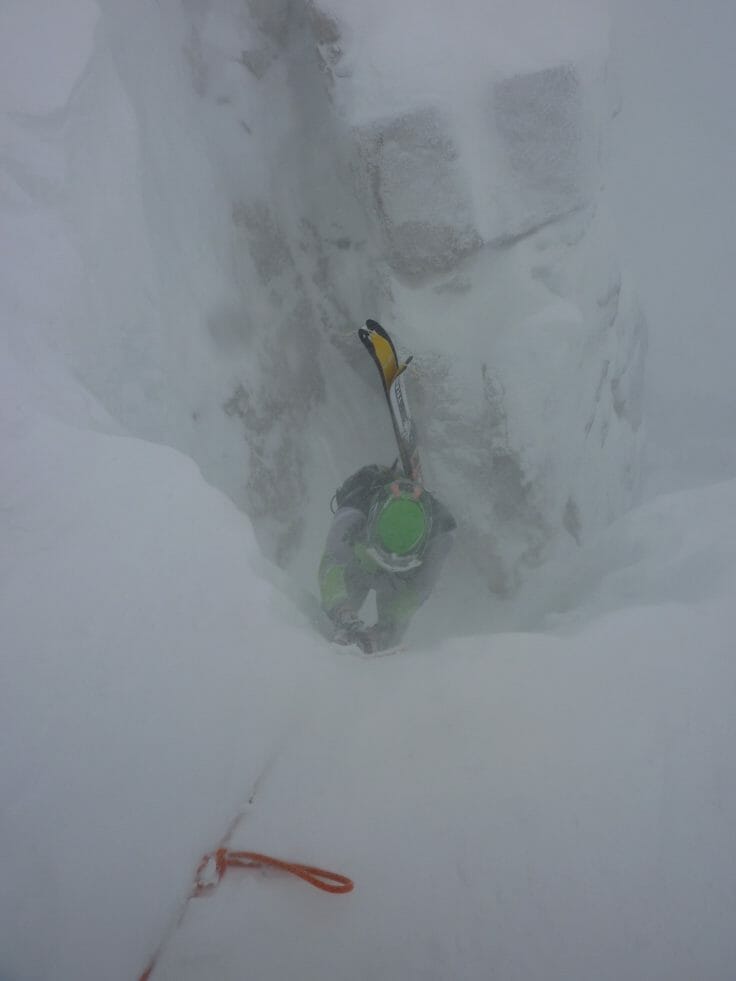A common refrain we hear from amateur athletes is that they do not have time for high volumes of training. So they prefer high-intensity training sessions. When training is squeezed between family obligations, work, school, and life, time limitations can push it down the priority list. It is tempting to think you can shortchange workout duration and then make up for it by dialing up the intensity.
Of course, adding intensity does improve your fitness quickly. However, without a well-trained aerobic base, high-intensity training simply will never allow you to maximize your fitness potential. To put it another way, the potential benefit of high-intensity training is directly proportional to the size of your aerobic base. This is well understood by endurance coaches. (Learn when to add high-intensity training.) Our goal with this article is to explain how to maximize your fitness. There is no quick-fix prescription.
Athletes who start with a large volume of aerobic endurance training with event-specific high-intensity work layered on top have much better outcomes than athletes who rely on a steady diet of high-intensity training.
Long ago, coaches recognized the impressive results that high-intensity training produced among their athletes. Like most of today’s prophets of intensity, some of them thought, “If a little is good, more must be better.” In other words, why waste our time training slowly when we could train fast for less time? This set the stage for a real-world test of the two opposing philosophies of endurance training.
The Laboratory of Competition
The laboratory was competition, especially at the world-class level. The stopwatch does not lie and competition provides the ultimate test of training theory. The final outcome of a century’s worth of testing training ideologies is that athletes who start with a large volume of aerobic endurance training with event-specific high-intensity work layered on top have much better outcomes than athletes who rely on a steady diet of high-intensity training.
An endurance athlete cannot achieve maximal performance on a diet of high-intensity training alone.
A historical review of the improvement in record times in the distance events in rowing, swimming, and running during the past 50 years is a powerful demonstration of the evolution of training theory. These sports make good case studies because of their comparability and the minor equipment improvements during that period. The results always tell the same story: an endurance athlete cannot achieve maximal performance on a diet of high-intensity training alone.
What Does This Mean for the Time-Crunched Athlete?
A lot! The sad reality is that you will NEVER reach your ultimate performance potential utilizing short-duration high-intensity training exclusively.
Why is that? Simply put, short-duration high-intensity workouts target mainly the anaerobic glycolytic metabolic system for adaptation, thereby improving its capacity. The energy provided for any event lasting longer than 2 minutes is supplied predominately by the aerobic metabolism. Therefore, the aerobic pathway needs to be the primary target of training adaptations for endurance events. Training at high intensity does not, as the HIIT sales pitch goes, train both systems at one time. The adaptations to different training stimuli (workouts) are unique. Therefore, coaches seeking different adaptations (aerobic vs. anaerobic) use different stimuli (workouts).

Uphill Athlete Luke Nelson ascending Corbet's couloir while racing.
Anyone who tells you that you can optimally stimulate aerobic and anaerobic adaptations with a single training stimulus is either ignorant or deceptive. In either case you should politely disregard what they tell you. To be on the safe side, I would not recommend you buy a used car from them either.
Another source of this misconception is the illusion of specificity. Take skimo racing, a sport that involves spending a lot of time at high intensity. So should we not train as we race? I mean after all, when you are kicking it up the last 200 vertical meters toward a transition your heart rate is pegged. Right? Your metabolism is running max-out with both the anaerobic and anaerobic systems shoveling as much coal into the boiler as they can muster. Right? So shouldn’t you be doing that in your training?
This is where the plot thickens. In skimo, as in any endurance activity, the high-intensity training plays a critical role in ensuing success in competition. But, and this is a big but, it is only a small supplement to—and not a replacement for—an already substantial aerobic base of training.
You May Also Be Interested In:
Sandcastles: A Model for Endurance Training
Learn more about putting low-intensity training to the test at high altitude.
How Fit do you Need to be to Climb Everest?
Tips to Aid Recovery


1 Comment
Pingback: Weekly Wednesday Roundup | The Coaching Conversation